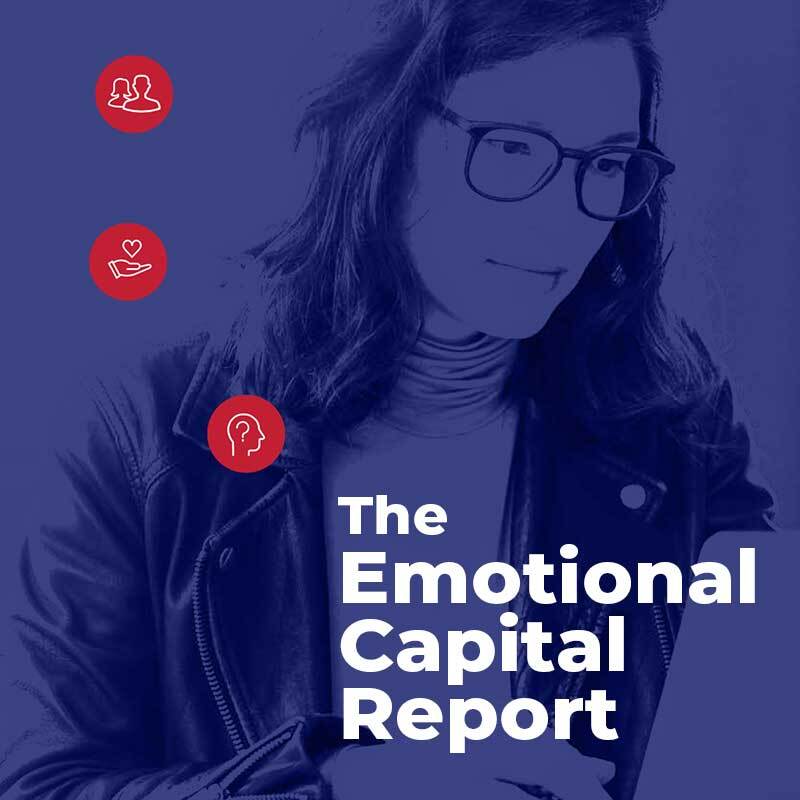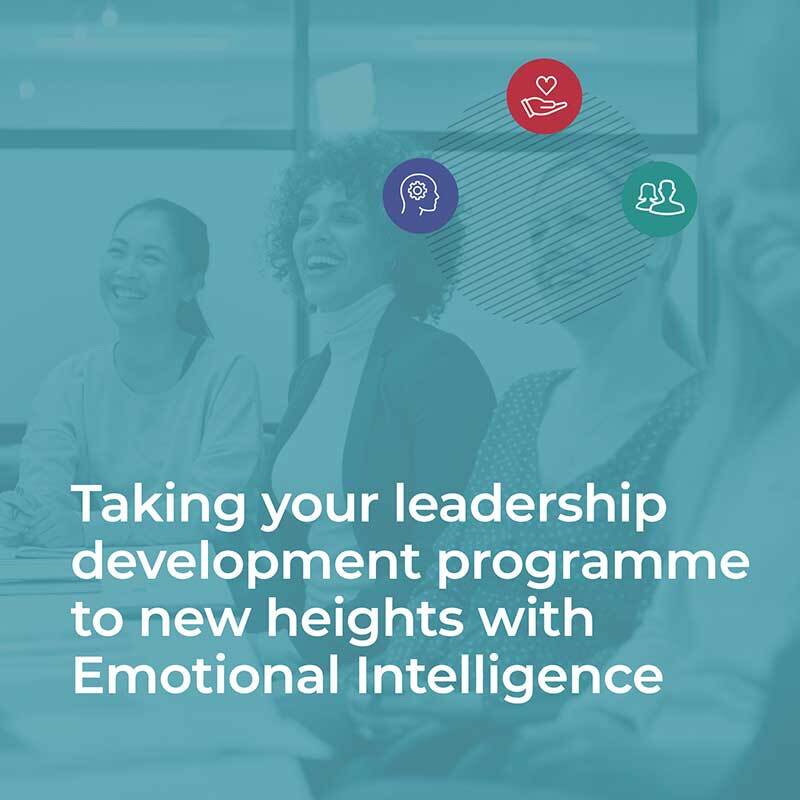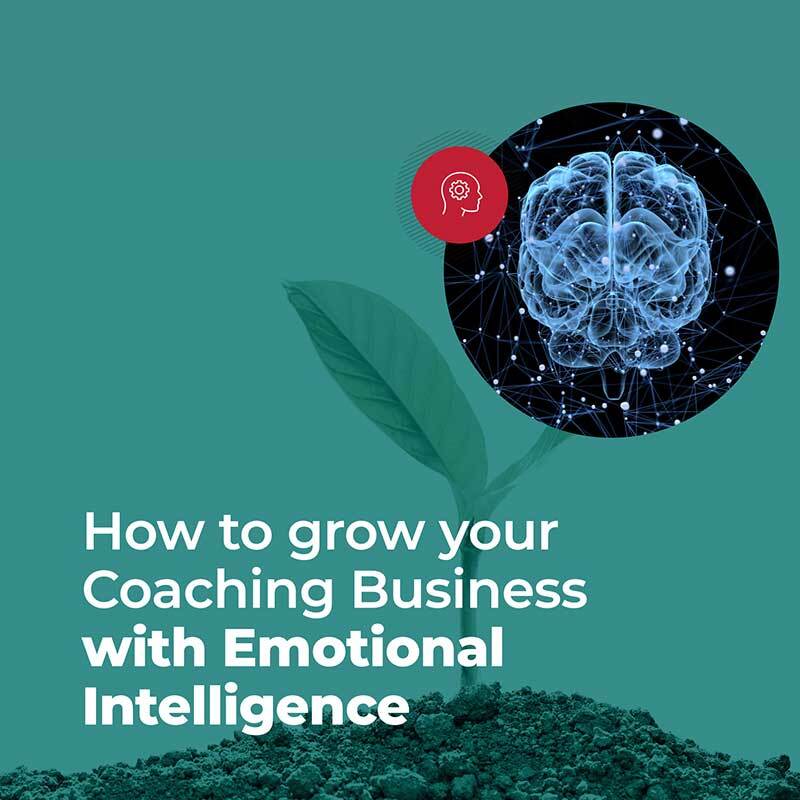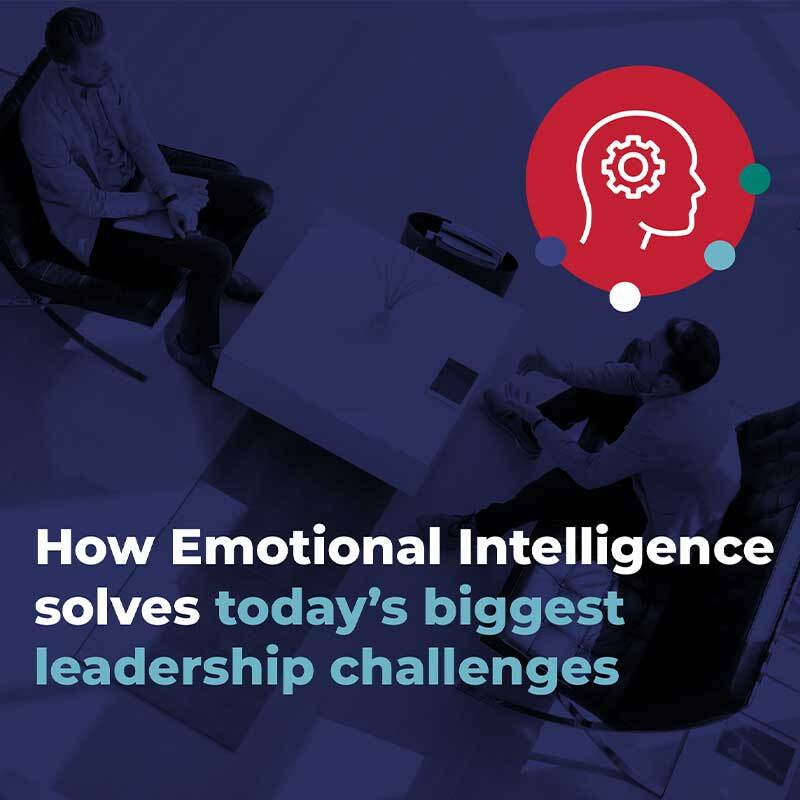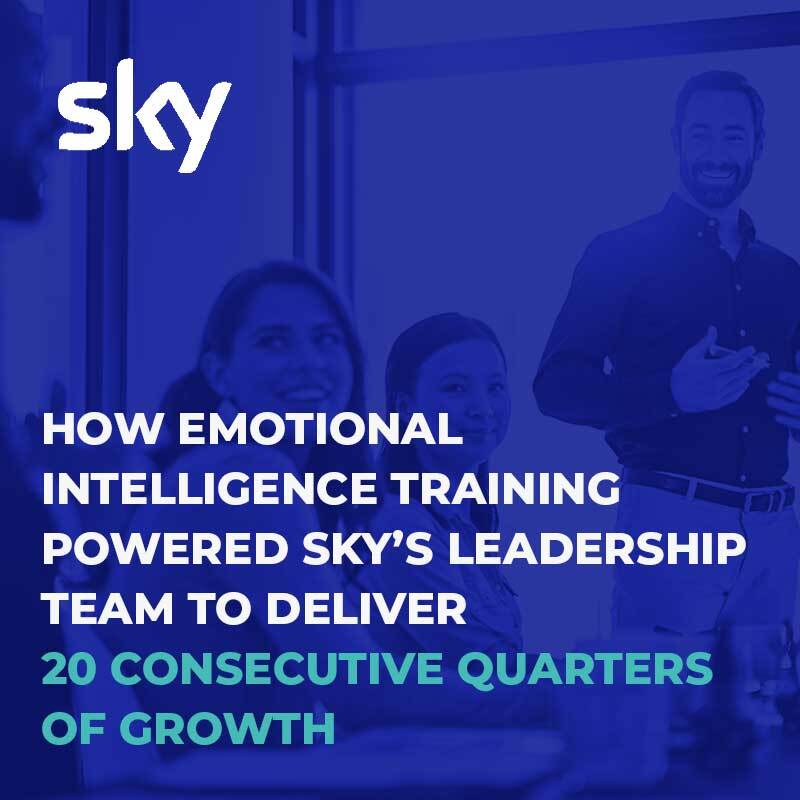
Oct 12 2015 | Tags: Emotional Intelligence
Emotional Capital: the Future Balance Sheet Asset
The focus for leaders in business has shifted well beyond traditional financial and knowledge assets, and even beyond accounting for the value of human capital. A new and more critical asset to bottom line performance has emerged – emotional capital.
This key indicator reveals much about the health of your business at any given moment. Here’s why it matters and how to multiply its positive impact on the bottom line.
There’s Money In Emotion
Deep changes in technology, demographics, the workplace and the economy have had profound impact on how businesses evaluate and create value. In the ‘age of participation’ employees, customers and suppliers have higher expectations of business, their values have changed and they care about different things than before. Employees want to work for more than just a pay check; they want their work to matter. Customers expect to buy from organisations they like and who are like them. In other words, the brand is more than a name or a logo; it creates trust and recognition and is a promise and an emotional contract with each employee and customer.
Feelings matter more than any of us ever suspected. They shape our behaviour, our relationships, our most important decisions and even our economy. That’s right, there is money in emotion.
Stakeholders in Success
In one of the most comprehensive and rigorous examinations of the link between emotional capital and financial performance, Raj Sisodia, David Wolfe and Jagdish Sheth selected companies over a ten-year period from 1996 to 2006 for their so-called humanistic profiles, i.e., how positively customers and employees felt about the business, including company culture and leadership. The only financial criterion used was that they were “going concerns” i.e., not under the imminent threat of bankruptcy. These companies, which they refer by the title of their book as Firms of Endearment, delivered extraordinary returns to their investors, outperforming the market by a nine-to-one ratio over ten years.
Sisodia in his more recent book, Conscious Capitalism, reported the updated data spanning a fifteen-year period from 1996 to 2011 in which these same firms outperformed S&P 500 index by a factor of 10.5 over that period. According to Sisodia, the results were even more surprising given that many of these firms paid above award wages, provided generous benefits and made substantial investments in their communities, and in reducing the company’s impact on the environment. The factors that differentiated performance were largely having a strong positive business culture that treated people as genuine stakeholders in success, and having visionary leaders who cared strongly about people.
Engagement, Emotional Capital & Profitability
In an other major study examining the relationship of emotional capital to financial performance, the Gallup organisation reported data from more than 47,000 employees in 120 countries around the world. Gallup’s State of the Global Workplace report documents a powerful relationship between reported levels of emotional well-being, employee engagement and profitability.
Analysis of this vast data base shows that an organization’s employee engagement scores were strongly related to one of the most commonly scrutinized measures of corporate financial health: earnings per share (EPS). Median EPS for companies were compared with those of their industry competitors. The differences were stark. Engagement was so fundamental that even those who reported at least a basic level of engagement outperformed their competitors by 19% on average. However, results among those in the higher engagement groups were far more impressive; median earnings among those in the “top decile/exceptional growth” group were more than four times those of their industry competitors.
How employees felt about their employer and their level of emotional engagement strongly predicted the outcome on every metric that related to performance such as increased productivity, profitability and safety, and decreased turnover and absenteeism.
Leadership and Extra Effort
The relationship between the values that influence a leader’s decision-making and employees’ willingness to work hard is at the centre of a lot of leadership research. In one recent wide-ranging study, Mary Sully de Luque and her colleagues examined leadership data and financial performance from 520 companies in seventeen countries. The question they wanted an answer to was: what is the financial impact of visionary leaders who inspire performance through articulating broad stakeholder values compared to leaders perceived as more autocratic with a narrow focus on financial targets?
The study revealed that leaders described by their people as “visionary”, who emphasised values such as meaning and purpose, and shared stakeholder and customer experience, inspired “extra effort” to achieve the goals of the organisation. Furthermore, employees in these organisations reported increased collaboration, higher levels of innovation, a greater willingness to confront performance issues, increased energy and heightened resilience – in other words, higher levels of emotional capital. Over time, the organisations led by visionary leaders significantly outperformed those led by financially focused, autocratic leaders on a combination of subjective and objective measures of ROI and sales growth.
Yes, But Hang on a Minute…
Of course, to all but the most cynical, this all makes intuitive sense anyway. But as compelling as these findings are they remain of limited value unless the specific components that comprise emotional capital can be carefully defined, rigorously measured and systematically developed to create value in the organisation. Over the last ten years, most frameworks for understanding these specific skills have been associated with emotional intelligence (EI), but few models have been developed specifically to measure how these competencies work to predict performance in the business environment.
I first raised this challenge in 2007 in Emotional Capitalists – The New Leaders (Wiley & Sons), and my colleagues and I faced up to the need to refine a new model of emotional intelligence specifically developed to measure emotional capital in the workplace.
EI and Leadership – A Decade of Discovery
Following an extensive review of the research on the relationship between several models of EI over a 10-year period, we identified ten social and emotional competencies linked to workplace performance. We described this model as Emotional Capital because it focussed sharply on the value that these competencies add to driving success in business. Research in applied business settings using the emotional capital model culminated in the publication in 2008 of a psychometric scale specifically designed to measure these competencies – the Emotional Capital Report (ECR).
(Emotional Labour + Technical Skills) EI = Emotional Capital
This year we analysed the data from a five-year global investigation into EI and workplace performance. This large-scale study involved 6,874 professional people (4,220 males; 2,654 females) from eleven countries or global regions who used the ECR in various professional development programs initiated by their respective organisations.
To find out if EI was more important in particular roles we separated the group according to those roles that involved high emotional labour and those that didn’t. High emotional labour jobs are those where the expression of positive emotion is an important part of the job, such as marketing and sales, management roles, human resources and, of course, any role involving leadership. Results indicated that ECR scores for people with jobs involving high emotional labour were consistently higher than those in low emotional labour jobs.
Then, to compare the relative performance of individuals recognised for their outstanding leadership ability from those with more general management and leadership abilities, we identified leaders from elite business and community groups identified by their peers as high performing leaders in their respective fields. Not only did the leadership group score significantly higher than the normative mean on all ECR competencies and higher than the general high emotional labour group, they scored almost one standard deviation above the mean on Total Emotional Capital. Leadership roles involve both emotional labour and technical skills. The data suggests that emotional intelligence greatly multiplies a leader’s capacity to execute the role.
Conclusion
The conclusions from this body of work are compelling. The balance sheet despite its long-lasting allure, often captures much less of the real value of the company than it’s given credit for. A company is not simply a commercial entity and its assets cannot be fully accounted for by inventories of financial capital and not even human capital. It’s time that companies broaden their definition of value and, in particular, the workings of capital. We need to return to the root meaning of company – a collective of people.
Emotions are involved with everything a company does and emotions determine whether or not people with work well with you, buy from you, hire you, or enter into business with you. Importantly, emotional capital eventually shows up in financial performance.
About the author:
Martyn Newman, PhD is a clinical psychologist and MD of RocheMartin, specialising in Emotional Intelligence (EQ) and Mindfulness. He is author of the best selling book Emotional Capitalists and newly released The Mindfulness Book. He is co-author of the Emotional Capital Report™ – the global benchmark for measuring EQ and leadership performance – and the Emotional Intelligence Sports Inventory – the world’s first psychological inventory to measure how EQ supports elite sports performance.
